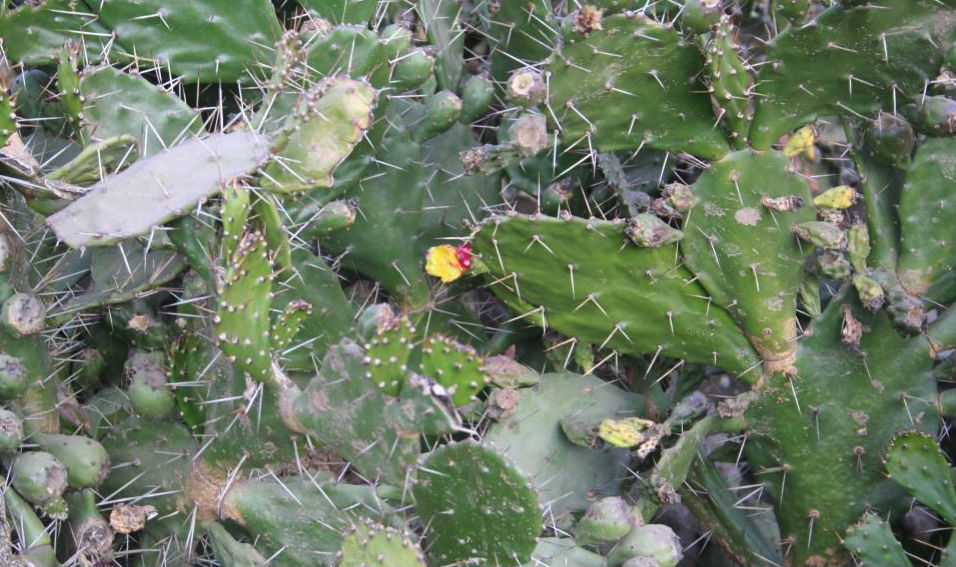
Photo – Himalayan peaks in the distance from the summit of the 10,000 foot pass that we went over today on our way to Wangdue.
The end of our teacher workshops in Bhutan concluded very well yesterday in Thimphu. The teachers were appreciative and reported learning new ideas for place-based education. We have not yet processed the evaluations but I will report on those when we do!We also met with several staff members from the Royal Society for the Protection of Nature (RSPN) on Thursday afternoon, including Lam Dorji, Director, and Ugyen Lhendup, Environmental Educator and past delegate to Teton Science Schools. RSPN’s work centers on conservation of black-necked cranes and white bellied herons (both endangered), environmental education, and publications of research. Their new office in Thimphu is stunning (completed about one year ago), and they were kind to share tea and snacks with us. Today we set off for a 6-hour drive to Phobjikha to see the black-necked cranes. About 45 minutes past Wangdue, we witnessed two trucks collide (almost in slow motion) on a 1-lane bridge. Fortunately no one was injured because the two trucks were traveling at such slow speeds. We waited for about 30 minutes when it became apparent that the wreck would take several hours to clear up. Then we decided to return to Wangdue and attempt to return to Phobjikha tomorrow, Saturday.In Wangdue, we visited the recently burned down dzong, walked through town and drove to the site of a major dam building project about 30 minutes south of Wangdue. It was overall a fairly restful day, which worked quite well because Kate Welsh and I have both gotten a bad colds. It seemed as though many of the teachers in our workshops had colds and a hacking cough and they shared with us. Doug has a bit of a cough but seems to be healthier. We hope that with rest today and a good night sleep tonight that we will be feeling better to see the black-necked cranes.

Photo – The cacti in Wangdue are very dense and line many of the roads. They are just starting to bloom.


